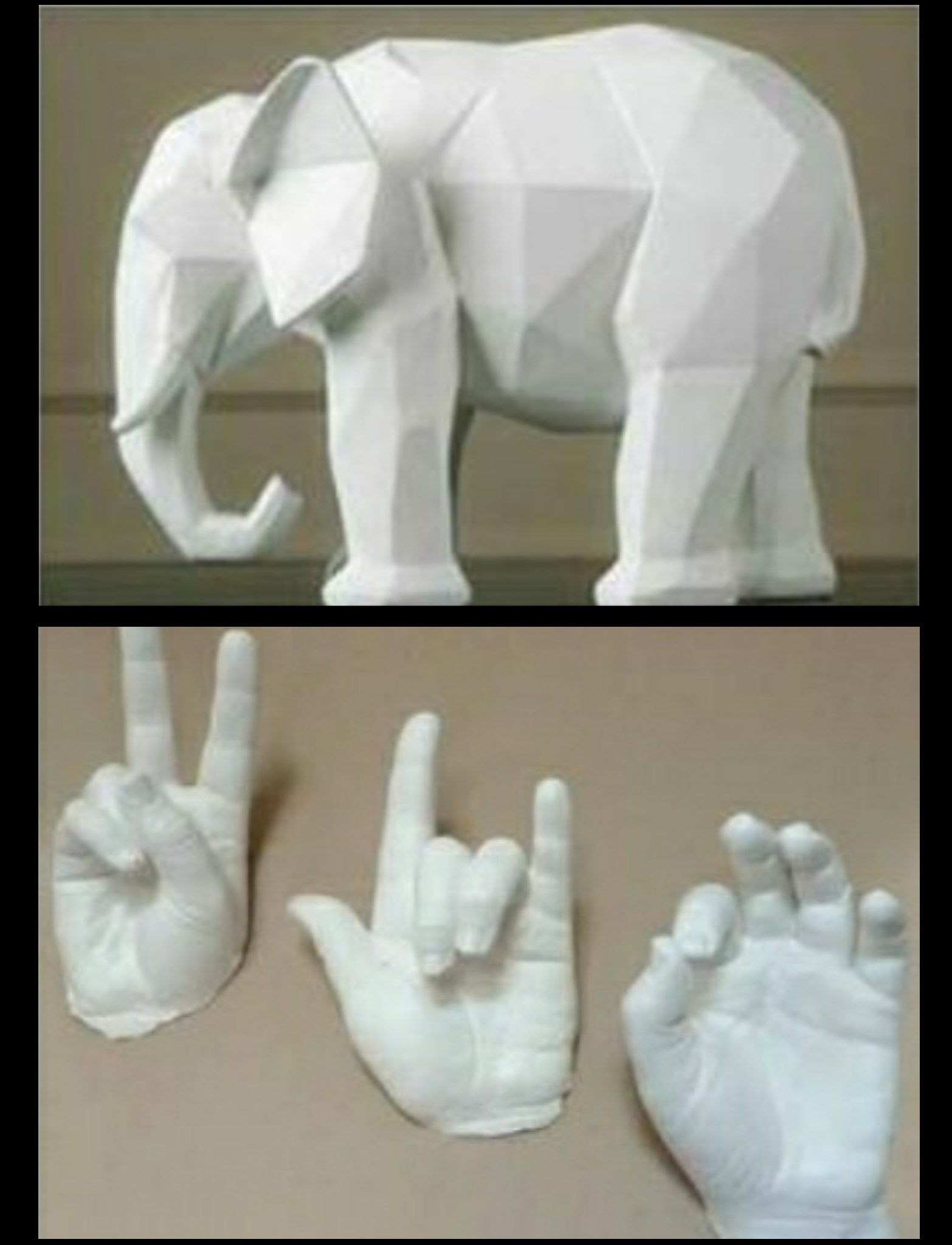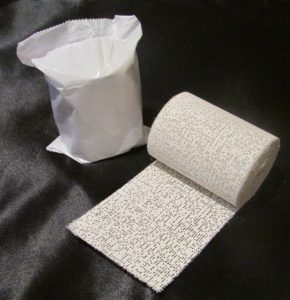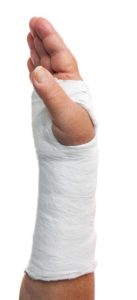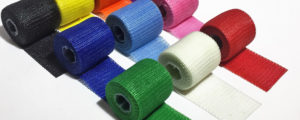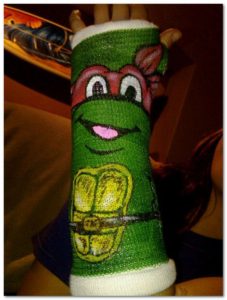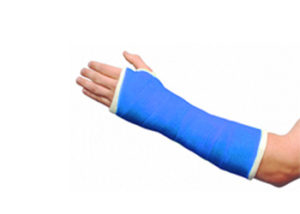While the ten days of Ganesh festival seem to have slipped by, overshadowed by COVID-19 chaos, I can’t help but feel the usual sorrow on bidding this lovable and mighty deity farewell. It was a subdued ten days as compared to the years gone past, but one of the best steps taken all over the state has been to encourage people to move away from Plaster of Paris (POP) idols.
Which reminds me, how many of you have ever lugged around a POP cast, tightly encasing a fractured arm or leg? Do you remember your friends writing cheerful messages on it, in your school days? I remember the naughtiest boy in our class writing a series of obscenities on another kid’s cast! Can you imagine his horror at having to roam around for 4 weeks with the choicest expletives on display?
POP was an ancient secret amongst sculptors, and was given its name because it was prepared from gypsum found near the city of Paris. In essence, it is hydrated calcium sulphate hemihydrate powder, producing a highly mouldable, quick-setting, relatively strong substance, ideal for making intricate statues. Orthopaedic surgeons being the innovative bunch that they are, applied this technique to the setting of fractured bones as early as the beginning of the 19th century, in a novel technique known as “plâtre coulé”. For years the technique stayed written in stone, (or should I say POP?), till fibreglass casts came on the scene.
These fibreglass casts afforded patients with more aesthetic options for their injuries, and since they were going to be in it for four to six weeks, it was an attractive, more durable and lighter option adding some glamour and ‘fashion’. POP casts however, still remain the gold standard when manipulations of fractures are required.
One may not always be able to choose the kind of cast their doctor decides to apply, but you can definitely choose an eco-friendly clay Ganesh (or any other idol) over one made of plaster of Paris!
Happy Festivities!

